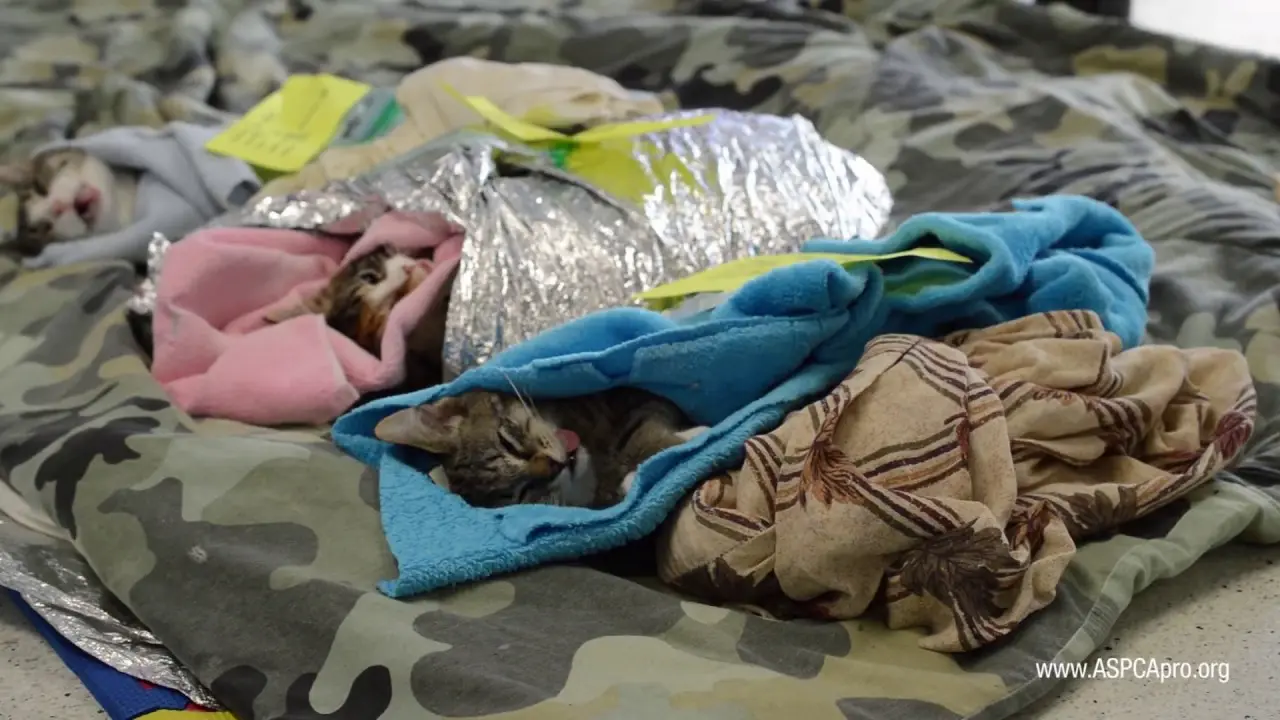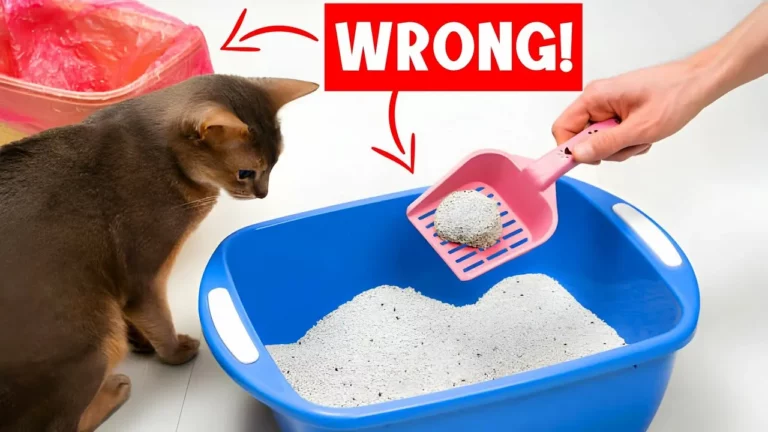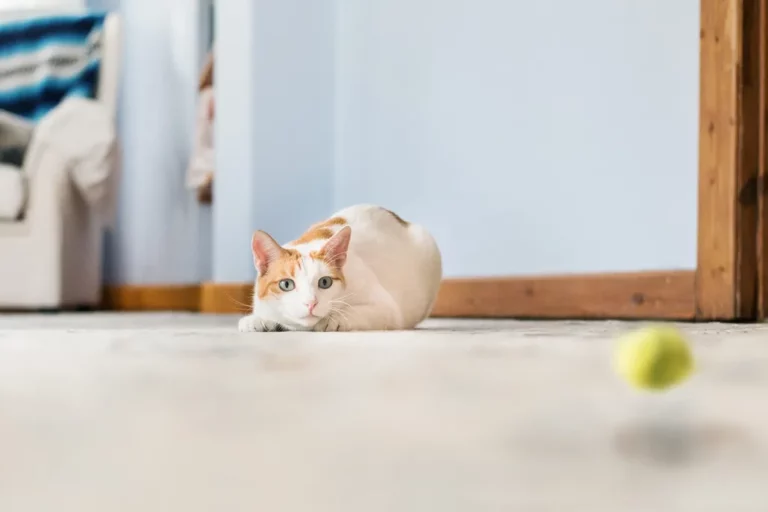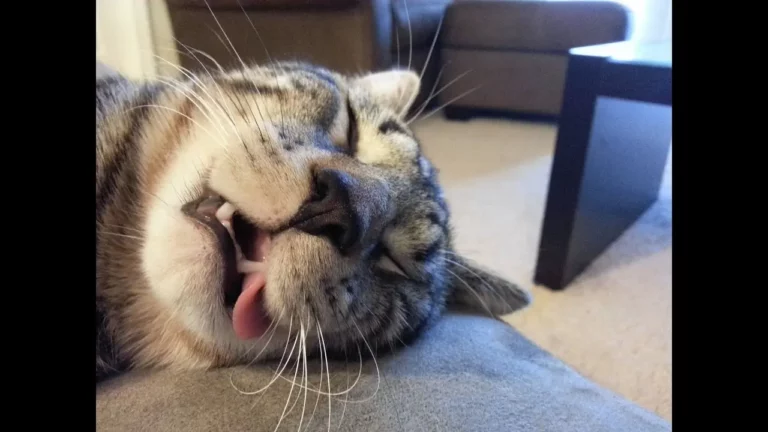Why Spaying and Neutering Your Cat is the Most Controversial Yet Crucial Decision You’ll Make
When I first got my
But as I learned more, it became clear that these procedures offer incredible benefits not just for my
From improving their health to curbing unwanted behaviors, spaying and neutering can make a world of difference.
The Biggest Benefits of Spaying and Neutering Your Cat
Spaying or neutering your
It brings a bunch of benefits that improve both the
Health Advantages for Spayed and Neutered Cats
Spaying a female
By spaying before her first heat, you can almost eliminate these risks.
I always tell owners this because it makes such a big difference in their pet’s long-term well-being.
Male cats benefit, too. Neutering helps prevent testicular cancer and some prostate problems.
Plus, it often reduces the urge to roam, which lowers the chances they’ll get into fights or accidents.
Fewer injuries mean fewer trips to the vet, saving you money and stress.
Behavioral Improvements Post-Surgery
A lot of people don’t realize how much behavior changes after surgery.
For instance, male cats typically become less aggressive and territorial once neutered.
They stop spraying urine around the house to mark their territory—a habit that’s hard to break otherwise.
Female cats won’t go into heat anymore after spaying, eliminating those loud mating calls and restlessness that drive many owners up the wall.
Trust me; it’s a game-changer for household peace.
Less roaming means less chance they’re gonna pick up diseases from other animals or get hit by cars—a win-win for everyone involved!
And think about this: calmer pets are easier to train and bond with, making life more enjoyable for both parties.
So there you have it—spaying and neutering aren’t just responsible actions but also practical decisions that enhance your
Impact on the Feline Population
Spaying and neutering cats significantly impact the overall
It addresses overpopulation issues and reduces euthanasia rates in shelters.
Reducing Overpopulation
From my experience, one of the most pressing problems is
Unchecked breeding leads to numerous kittens each year, many of whom end up without homes.
Spaying and neutering your pets help curb this cycle.
Female cats can have up to three litters a year, with an average of four to six kittens per litter.
That adds up quickly!
By spaying just one female
Lowering Shelter Euthanasia Rates
When shelters become overcrowded, unfortunately, they often resort to euthanizing animals due to lack of space and resources.
Neutering and spaying are crucial here; fewer unwanted litters mean fewer cats ending up in shelters.
According to the ASPCA, approximately 860,000 cats are euthanized annually in U.S. shelters.
Lowering these numbers starts with proactive pet owners who ensure their cats can’t contribute to this overpopulation crisis.
Economical Benefits for Cat Owners
Spaying or neutering your
Let’s jump into how these procedures can save you money in the long run.
Cost Savings on Healthcare and Management
First off, spaying and neutering can lead to significant savings on veterinary bills.
Unspayed female cats are at risk of developing uterine infections and breast tumors, which often require expensive treatments or surgeries.
And, let me tell you, those costs add up quickly! By opting to spay your female
Male cats that aren’t neutered are prone to testicular cancer and prostate problems.
These conditions not only require costly treatments but also cause unnecessary stress for both you and your
Neutering eliminates the risk of testicular cancer entirely and reduces the likelihood of prostate issues, making it a no-brainer from a financial perspective.
Environmental and Community Impact
Spaying and neutering cats aren’t just about health and behavior.
These procedures have significant environmental and community benefits.
Let’s jump into how they make a difference.
Contribution to Controlling Stray Cat Populations
Stray
By spaying or neutering your
This isn’t just about numbers; it’s also about the quality of life for these animals.
Fewer strays mean fewer cats suffering from hunger, disease, and harsh weather conditions.
And let’s face it, stray cats can become a neighborhood nuisance.
They often rummage through trash, fight with resident pets, and contribute to noise pollution at night.
So by controlling their numbers, you’re also keeping your community cleaner and quieter.
Reducing Shelter Overcrowding
Shelters are often overwhelmed with cats needing homes.
When I say “overwhelmed,” I mean it—many shelters operate at full capacity year-round.
Every unplanned litter contributes to this problem. Spayed or neutered pets don’t add to this burden.
Overcrowded shelters usually result in higher euthanasia rates due to space limitations.
It’s heartbreaking but true: more than 1 million cats are euthanized each year in U.S. shelters alone (ASPCA).
By spaying or neutering your
Decreasing Spread of Diseases
Feral cats are prone to various diseases like catleukemia virus (FeLV) and catimmunodeficiency virus (FIV), which spread easily within large stray populations.
By curbing the stray population through spaying and neutering, we can reduce the transmission of these diseases not just among feral cats but also between feral and domestic ones.
Plus, healthier
Helping Local Wildlife
Cats are natural hunters; even well-fed domestic cats will hunt if given the chance.
Stray cats frequently prey on local wildlife such as birds, small mammals, and reptiles, significantly impacting local ecosystems.
Fewer stray cats mean less predation pressure on these vulnerable species, which is crucial for maintaining ecological balance in urban settings where wildlife already faces numerous challenges.
Conclusion
Spaying and neutering your
By taking this step you’re playing a crucial role in building healthier communities and protecting local ecosystems. It’s a simple yet powerful way to ensure a brighter future for our
So if you haven’t already consider making this important choice for your






